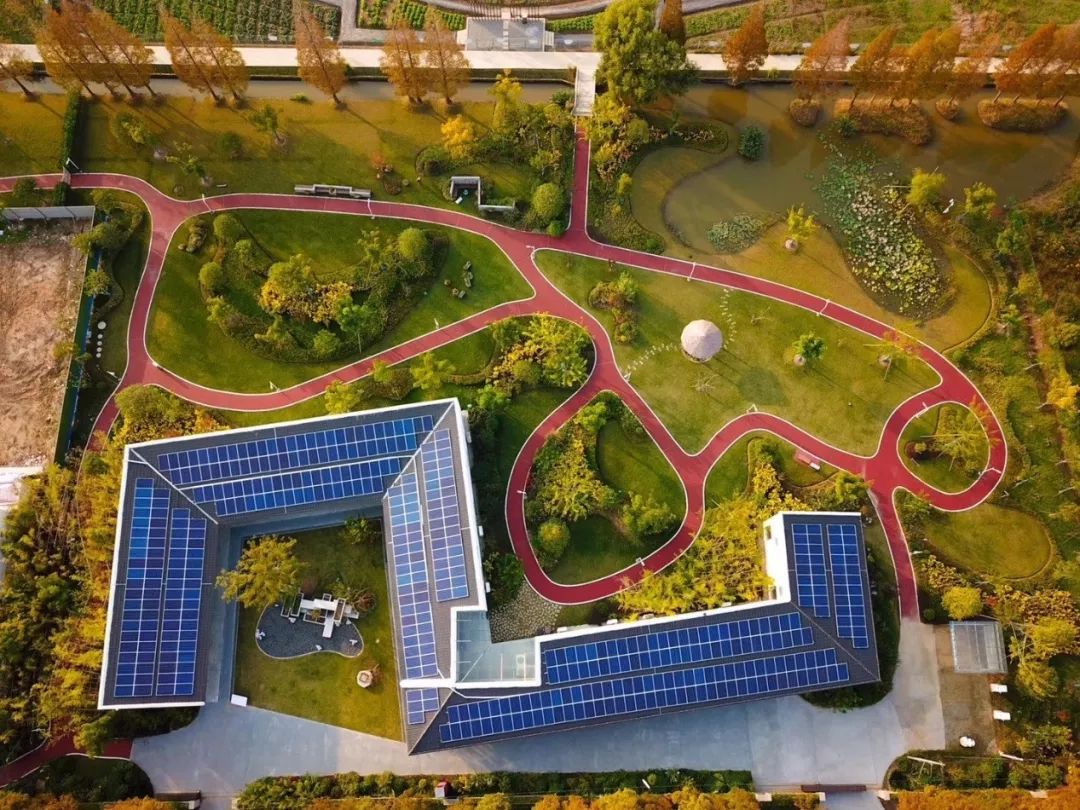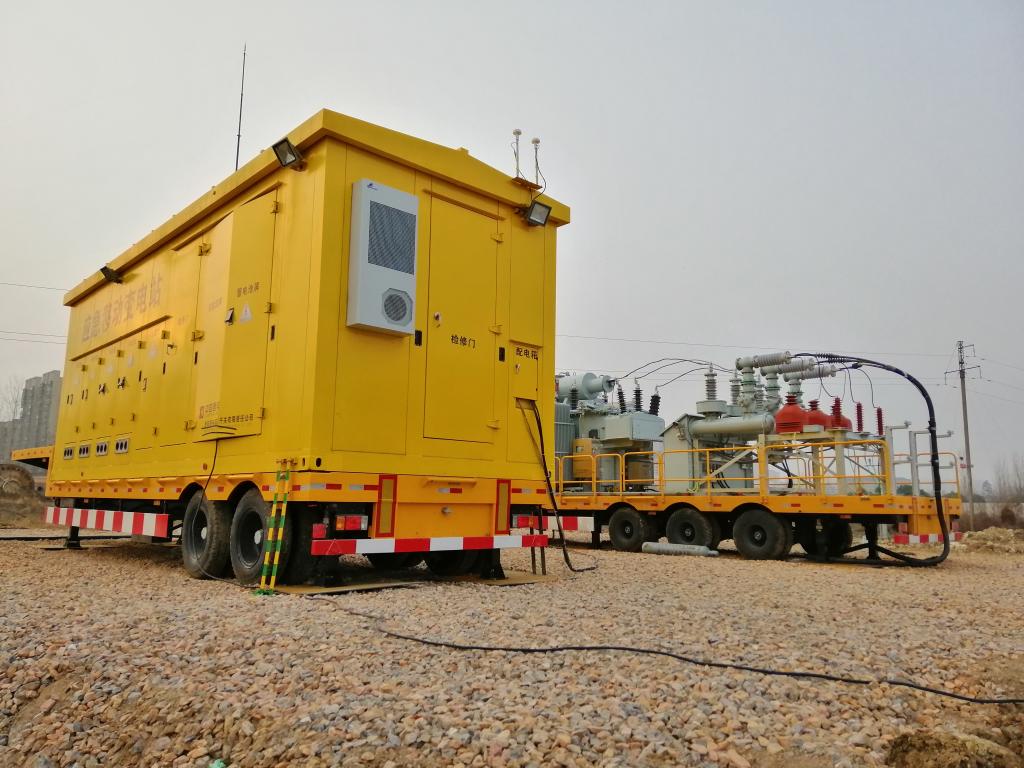
12 月 . 20, 2023 13:19 Back to list
Positive Forecast for Domestic Large-Scale Energy Storage in the Energy Sector
In the energy storage market, the installed capacity is increasing while prices continue to decline. This creates a challenge for the market to accurately predict shifts in industry profits. Additionally, there is concern about a potential slowdown in energy storage installed capacity if the growth rate of photovoltaic (PV) installations diminishes next year. However, with the ongoing acceleration of the energy transition, there is optimism for sustained long-term growth in the energy storage industry.
The domestic market holds an optimistic outlook for large-scale energy storage, expecting a significant growth in installed capacity next year. This year's PV installations have exceeded expectations, but the market sees the excess portion as an advance draw on next year's capacity due to high demand. The National Energy Administration (NEA) released data showing a remarkable increase in ground-based PV installed capacity for the first three quarters of this year. Household PV installations and industrial and commercial distributed PV also experienced significant growth. However, concerns persist regarding the limited consumption capacity of the grid.

Predicting next year's PV growth rate accurately proves challenging for the market. Historically, energy storage installed capacity has been assumed to be directly proportional to PV and onshore wind power installed capacity. If the PV growth rate slows down next year, there is apprehension that energy storage capacity may also decelerate. However, the reality contradicts these concerns as the growth rate in installed energy storage capacity far surpasses PV installations.
China's cumulative installed capacity for new energy storage projects exceeded 17.33 GW/35.80 GWh in the first half of this year. The data also revealed that China's new centralized PV installed capacity reached 37 GW in the same period. Between Q3 of 2021 and Q2 of 2023, China achieved a centralized PV installed capacity of 53 GW, accompanied by a corresponding energy storage installed capacity of 8.7 GW. Although the installed capacity in the first half of this year is lower than in previous years, the energy storage installed capacity remains comparable.

Several factors contribute to the positive forecasts for domestic energy storage installations next year. Independent energy storage installations unrelated to wind power are emerging as the primary driver of installed capacity. Hunan and Shandong played pivotal roles in driving the highest installations during the first half of 2023. The introduction of policies in Hunan province significantly fueled the rapid surge in energy storage installed capacity. Additionally, an increasing number of provinces now mandate energy storage as a requirement for new energy projects, further driving the growth of allocated energy storage.
Next year, even if the growth rate of PV installed capacity slows down, the optimistic outlook for domestic energy storage remains. The increased allocated proportion of energy storage, along with provinces mandating energy storage and the development of independent storage initiatives, contributes to this positive outlook. As the landscape of energy storage installations continues to evolve, the industry is expected to maintain its robust development. With the ongoing energy transition and the growing importance of energy storage, the market will likely see sustained long-term growth in the coming years.
Wishing you and your family a very merry Christmas.
Related products:
Self-Cooling-EN-215 Outdoor Distributed Energy Storage Cabinet - Power Type
Will be removed if infringing
Reference website:https://www.energytrend.com
-
Unraveling the Power of EMS Energy Management Systems
NewsOct.23,2024
-
Unleashing the Potential of Power System Management and Smart Energy Solutions
NewsOct.23,2024
-
Smart Energy Mastery: Unleashing the Power of Controls
NewsOct.23,2024
-
Smart Energy Management: Unleashing the Power of Energy Management Systems and BMS Energy
NewsOct.23,2024
-
Powering Progress: ADMS, Intelligent Management & More
NewsOct.23,2024
-
Energizing the Future: Devices, Smart Management & Savings
NewsOct.23,2024


